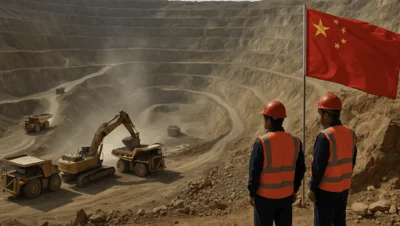The Department of the Interior recently announced that it will hold its first offshore wind energy lease sale in the Gulf of Mexico. The department claims that the three areas to be leased offshore of Texas and Louisiana "have the potential to generate approximately 3.7 GW" of electricity.
In announcing the sale, Secretary of the Interior Deb Haaland said that the wind energy lease sale “marks another historic step in the Biden-Harris administration’s efforts to create a clean energy future. By catalyzing the offshore wind energy potential of the Gulf of Mexico, we can tackle the climate crisis, lower energy costs for families and create good-paying jobs."
Whatever the leases may do to achieve the Biden Administration's goals, however, introducing more wind into the U.S. grid will make it harder for the rest of us to maintain reliability of the U.S. electric grid. Already, regulators across the country are struggling to maintain reliability grids that are becoming overwhelmed by wind. The leases will simply make things worse.
The simple truth is that the more wind generation we have in Texas, the less reliable our grid will be. Generation of electricity from both wind and solar is highly intermittent and cannot be counted on during periods of extreme weather, the only time those resources might be needed; Texas has more than enough electricity from natural gas, coal, and nuclear generation most of the year.
This problem has become obvious this summer as wind and wind generation has taken a dip across the country. According to the Climate Impact Company, "the month of June 2023 produced another month of below normal wind speeds … across most of the wind power generation zones of the Central U.S."
Wind's unreliability is also a problem in Texas. For instance, at 3 p.m. on July 20, as temperatures across the state topped 100 degrees, wind generation in Texas totaled only 6,602 megawatts. This was far below its potential contribution to the grid based on its installed capacity of 38,695 megawatts. And even almost 40 percent below its expected summer capacity of 10,427 megawatts.
The problem with wind's intermittency has taken on more importance as wind has increased its presence across the country. Texas is a perfect example of this.
For the first time this year, ERCOT, the grid that covers most of Texas, forecast the amount of generation needed to address periods of extreme heat was greater than the amount of electricity available from traditional generation sources. Thus, if wind or solar fail to come through at these times—as they have in the past, the ability of the Texas grid to maintain service across the state could be in jeopardy.
Americans might reasonably question how our grid has come to be so unreliable. The reason is straightforward. Wind has moved into such a pivotal role primarily because of federal subsidies, along with state and local subsidies across the U.S. Which brings us back to the recently announced lease sales for wind generation in the Gulf.
The last thing the U.S. grids need is for the federal government to make it harder to maintain a reliable grid by introducing more wind. While it is unclear at this point where the electricity from these leases would flow, wherever it goes, it will lead to reliability problems.
The reliability struggles of the U.S. grid, however, do not seem to be slowing down the Biden Administration's efforts. The Bureau of Ocean Energy Management, which will conduct the auction of the Gulf leases on August 29, expects "to review at least 16 Construction and Operations Plans of commercial, offshore wind energy facilities by 2025."
Climate alarmism and the renewable energy lobby have made it nearly impossible for politicians to adopt policies that promote grid reliability. But this does not mean that the reliability problems of wind will go away. Americans will pay the price for the unwillingness of their political leaders to make sound decisions about wind generation.









